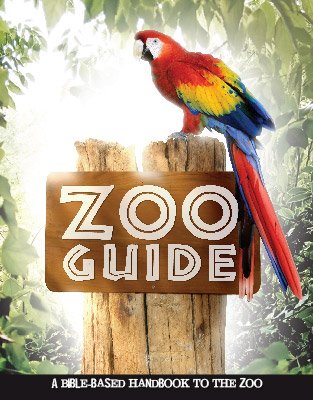Created on Day 5
on August 18, 2011; last updated December 31, 2023God designed a preen gland on the lower back at the base of the tail of the trumpeter swan (and most other birds) to store an oily fluid that waterproofs, cleans, and protects its feathers.
Design

God designed a preen gland on the lower back at the base of the tail of the trumpeter swan (and most other birds) to store an oily fluid that waterproofs, cleans, and protects its feathers. The swan covers its feathers with this oily secretion when it preens them with its beak. The adult swan will molt all its feathers once a year, during the warmest months of the year. This timing reflects the design of its Creator.
Features
- The trumpeter swan is known for its white plumage and black bill.
- It is the largest species of waterfowl in North America.
- Its bill contains fine, toothlike serrations along the edges that strain water when the bird eats aquatic vegetation.
Fun Facts
- The trumpeter swan gets its name from the call it makes.
- For approximately a month, the trumpeter swan will be completely flightless because it molts all of its flight feathers at the same time.
- Baby swans are called cygnets.
- By 1900, this species was thought to be extinct, but a small remnant population was found in Montana, Idaho, and Wyoming. The species is slowly recovering with the help of conservation biologists.
Created Kind Members
Duck, goose
CLASS: Aves (birds)
ORDER: Anseriformes (waterfowl)
FAMILY: Anatidae (ducks, geese, and swans)
GENUS/SPECIES: Cygnus buccinator
Size: Wingspan 6–8 ft. (1.8–2.4 m); around 4 ft. (1.2 m) tall
Weight: 21–26 lbs (9.5–12.5 kg); Males are larger than females
Original Diet: Plants
Present Diet: Almost entirely vegetarian (aquatic plants, seeds, tubers); Cygnets eat aquatic invertebrates at first
Habitat: Waters in boreal forest zones in North America; mainly western Canada and western U.S.
Zoo Guide
Make your next visit to the zoo more than just fun—make it factual and fascinating too! You could even start a personal “creation zoo tours” ministry. Featuring more than 100 animals, our long-awaited Zoo Guide includes beautiful pictures and explores the amazing facts and design features that point to our awesome Creator. Excellent gift for any one who loves animals!
Browse Kids Book- © 2024 Answers in Genesis
- Privacy Policy
- Contact
- About

